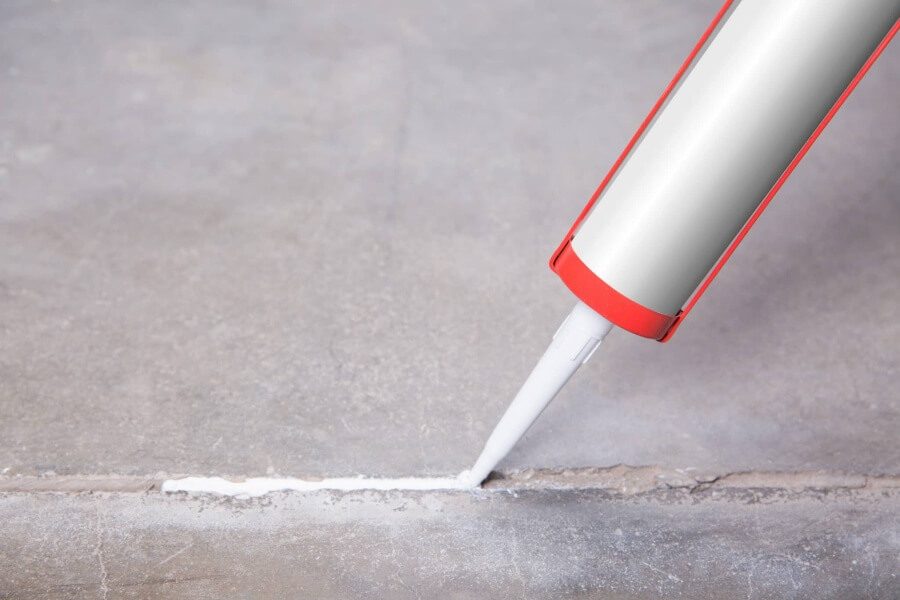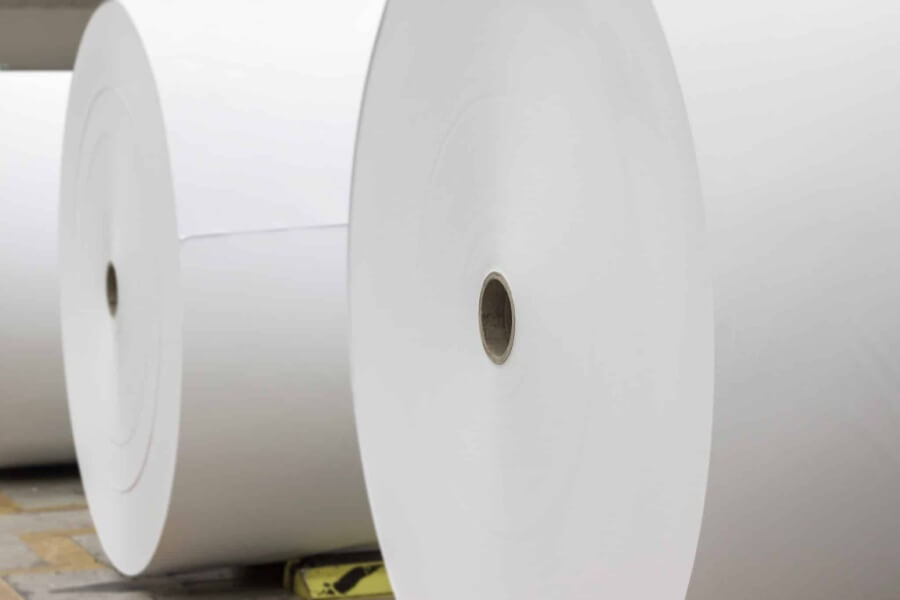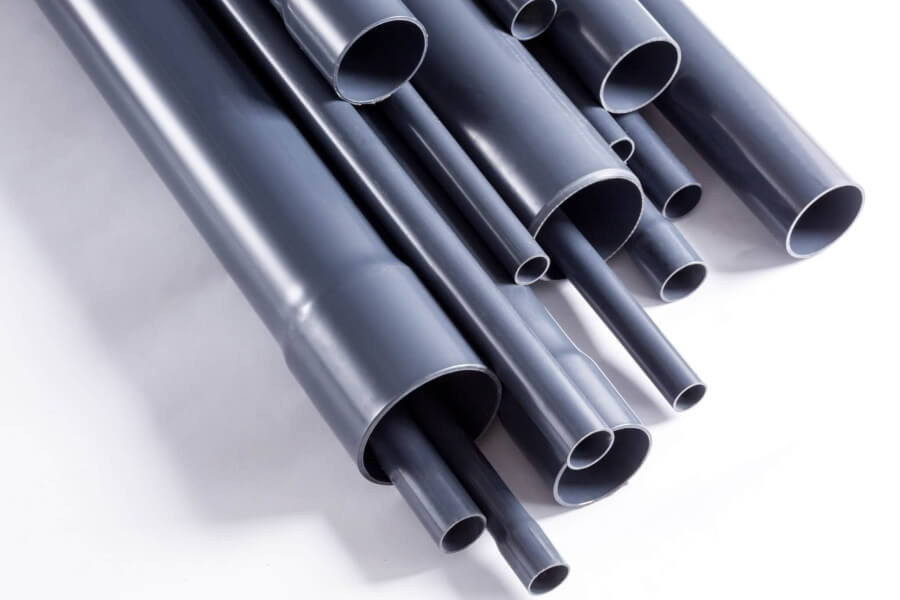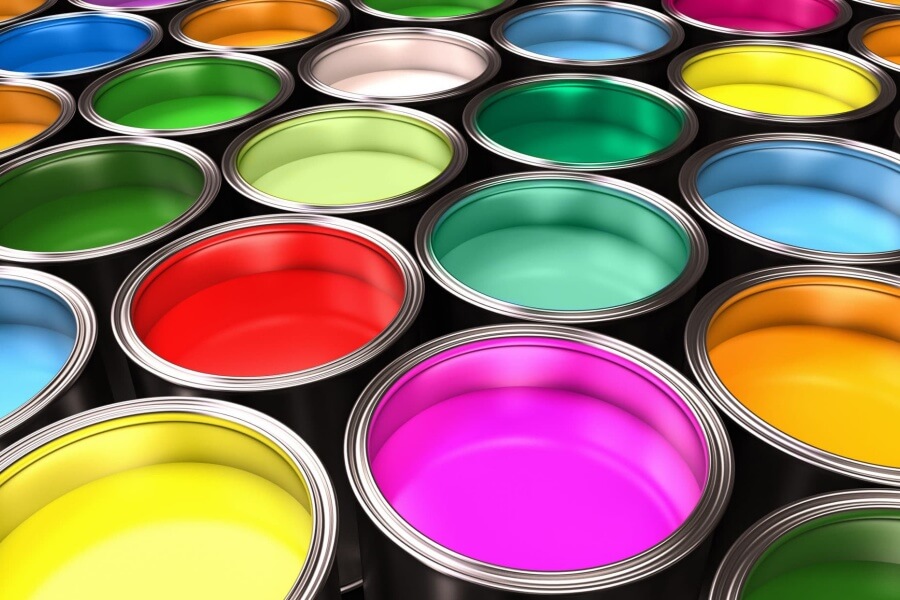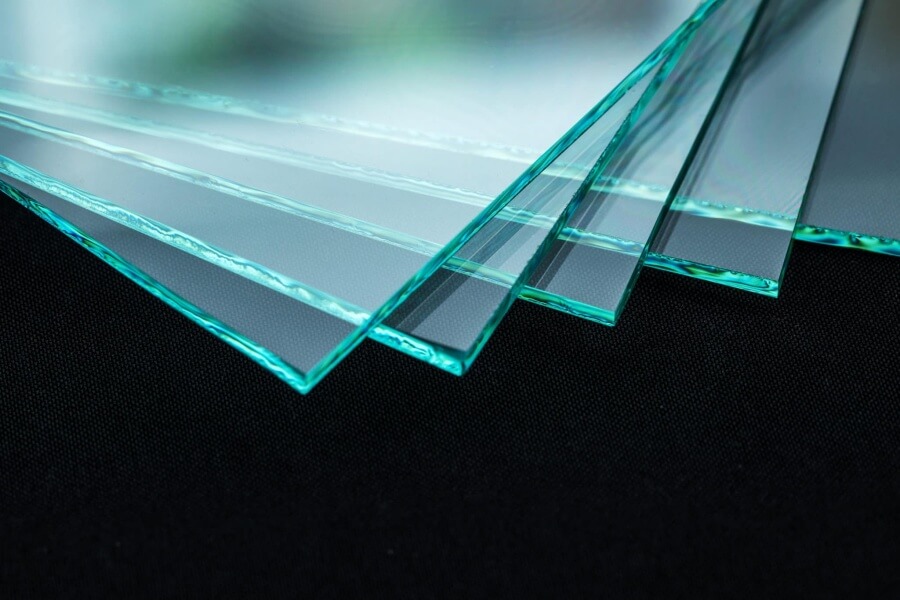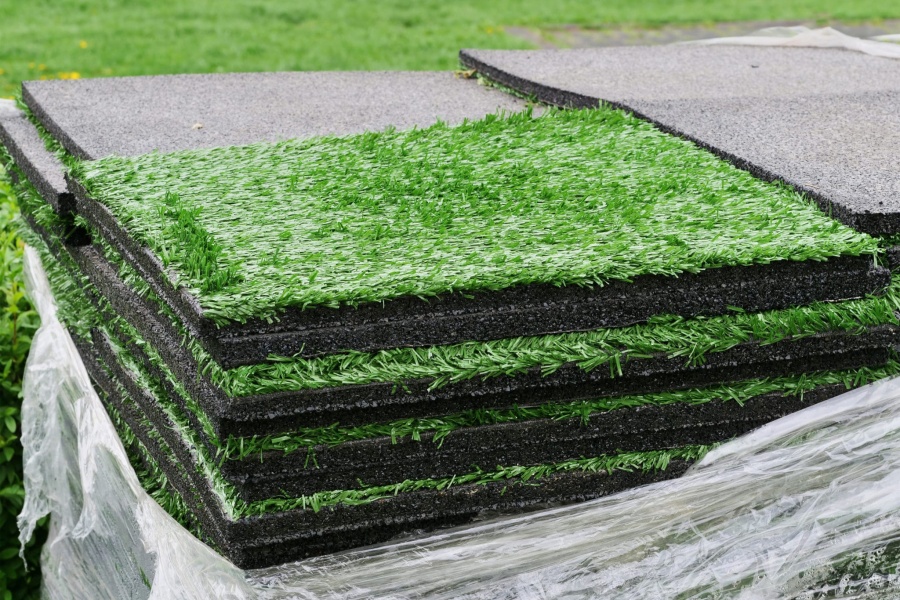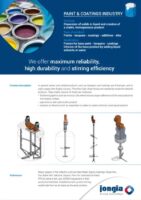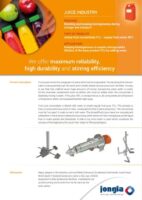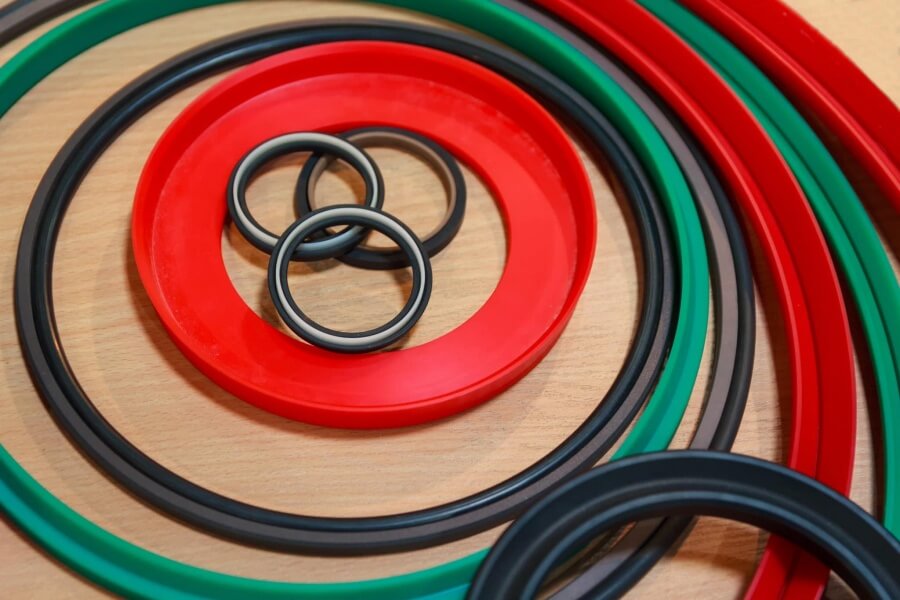
Rubber
Rubber is an elastic substance obtained from the secretion of certain tropical plants (natural rubber) or from petroleum and natural gas (synthetic rubber). Because of its elasticity, resilience and toughness, rubber is the basic component of tires used in cars, airplanes and bicycles, for example.

Proper mixer selection is vital to process optimisation, for that you can rely on our experienced staff of engineers and process technologists.

The production of rubber
More than half of all the rubber produced goes to car tires, therefore the use of rubber in the automobile industry is also huge. The rest of the rubber produced goes into mechanical parts such as fasteners, gaskets, belts and hoses and consumer products such as shoes, clothing, furniture and toys.
The main chemical constituents of rubber are elastomers or “elastic polymers,” large chain-like molecules that can be stretched to great lengths and still regain their original shape.
The first common elastomer was polyisoprene, from which natural rubber is made. Natural rubber is formed in a living organism and consists of solids suspended in a milky liquid called latex, which circulates in the inner parts of the bark of many tropical and subtropical trees and shrubs.
Natural rubber continues to occupy an important place in the marketplace. Its resistance to heat build-up makes it valuable for tires used in racing cars, trucks, buses and airplanes. Yet natural rubber is only less than half of commercially produced rubber. The rest of rubber production consists of synthetically produced rubber through chemical processes.
These processes were known as far back as the 19th century, but it was not until the 2nd half of the 20th century that these processes were used commercially. The main synthetic rubbers include butadiene rubber, styrene-butadiene rubber, neoprene, the polysulfide rubbers (thiocols), butyl rubber and the silicone rubber. Synthetic rubbers, like natural rubbers, can be hardened by vulcanization and, for special purposes, improved and modified by reinforcement with other materials.
Chemical Applications
Rubber market trends
The global rubber market was $40.77 billion in 2019 and is expected to reach $51.21 billion by 2027. Given the steady growth in the automotive market, one of the largest consumers of rubber, this growth is expected to continue for a long time.
Frequently Asked Questions
What is rubber?
Rubber is an elastic substance derived from certain tropical plants (natural rubber) or created from petroleum and natural gas (synthetic rubber). Its elasticity, resilience, and toughness make it essential for manufacturing tires used in vehicles like cars, airplanes, and bicycles.
How is rubber produced?
More than half of all rubber produced is used in car tires, while the remainder goes into mechanical parts and consumer products. Natural rubber comes from latex in tropical trees, while synthetic rubber is produced through chemical processes developed over the last century.
What are the main types of rubber?
The main types of rubber include natural rubber from polyisoprene and several synthetic varieties such as butadiene rubber and neoprene. Natural rubber is valued for its heat resistance, while synthetic options offer additional versatility for different applications through modification and reinforcement.
How does vulcanization affect rubber?
Vulcanization is a process that hardens rubber, enhancing its strength and durability. Both natural and synthetic rubbers can be vulcanized, which improves their properties significantly, making them suitable for demanding applications in various industries, particularly automotive and construction.
What is the future of the rubber market?
The global rubber market, valued at $40.77 billion in 2019, is expected to grow to $51.21 billion by 2027. The expanding automotive market, a major consumer of rubber, is likely to drive this growth further, ensuring strong demand in the coming years.
Chemical Industry Contacts

Tom Pruymboom
Sales Director
Area Worldwide

Bart Brouwer
Area Sales Manager
Area Worldwide

Jan Siert Tjeerdsma
Project manager
Technical Specialist
Chemical – Related Articles

Difference between precipitation and crystallization
Precipitation and crystallization are both processes involved in the formation of solid substances from a solution, but they occur under different conditions and result in different outcomes. 1. Precipitation: Precipitation occurs when a solid substance forms from a solution as
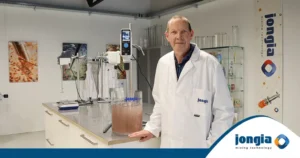
Tutorial: How does the Counterflow work?
The Counterflow is a very suitable mixing element for mixing processes of medium viscous liquid products such as paints, polymers and biodegradable plastics where starch is the basic component. In this tutorial we show you how the Counterflow moves the
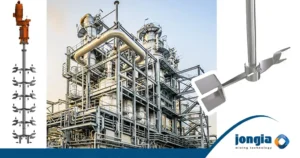
The Counterflow: from request to solution
Mainly in the chemical industry, the Counterflow mixing element is applied in mixing processes of products such as paint, polymers, biodegradable plastics where starch is the basic component and medium viscous liquids. However, what kind of questions do the customers


